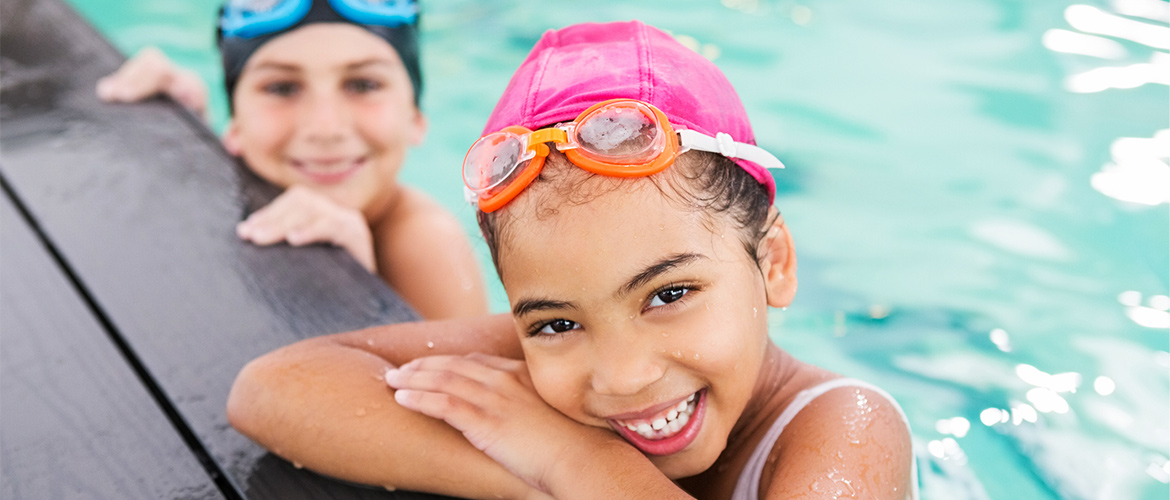Newsroom | Community Health

Office Visit: How to Protect Children in the Water
Enjoying the outdoors is a summertime tradition, especially when it comes to the water. Nothing beats the heat like relaxing by the pool.
As temperatures recently have soared in Oklahoma and more of us are taking the plunge, it’s important to remember some water safety tips, especially for children.
Drowning is a leading cause of death for children in the U.S. and is responsible for more deaths among children ages 1 to 4 than any other cause except birth defects.
World Drowning Prevention Day was July 25. This observance brings awareness to the topic and helps increase water safety knowledge. Drownings can happen in seconds and are often silent. They can happen to anyone any time there is access to water.
Here are some drowning prevention tips from the Centers for Disease Control and Prevention:
Learn basic swimming and water safety skills — Formal swimming lessons can reduce drowning risk. Studies show when parents have low/no swimming skills, their children are less likely to be proficient swimmers.
Enclose pools with fences — A fence that surrounds a pool helps decrease the likelihood of children wandering in the pool unsupervised. When the pool is not in use, remove all toys around the pool area that might attract children.
Supervise closely — At least one adult should monitor children closely and constantly when they are in the pool/water, even when lifeguards are on duty. Adults should avoid distractions, including reading material, phones and alcohol or drugs. Drownings can happen in seconds.

Todd Hoffman, M.D.
Wear a life jacket — Life jackets reduce drowning risk for all ages. In Oklahoma, children younger than 13 are required to wear U.S. Coast Guard-approved life jackets or vests while on boats shorter than 26 feet. Life jackets and vests should be in good condition and properly fit the child.
Learn CPR — This skill could save someone’s life. Numerous organizations like the American Red Cross and American Heart Association offer CPR training courses.
Know the risks of natural waters — Lakes and rivers can present hidden hazards. Know your environment before jumping in. Also, check the local forecast to avoid possible weather-related issues.
Pay attention to medical conditions, medications — A medical condition might increase the likelihood of drowning and require extra care in the water. Notice whether medication side effects could impair a child in the water.
Practice water safety this summer.
Let’s make it a good month.
Todd Hoffman, M.D., C.P.E., is chief medical officer of Blue Cross and Blue Shield of Oklahoma, a division of Health Care Service Corp., a Mutual Legal Reserve Company.
